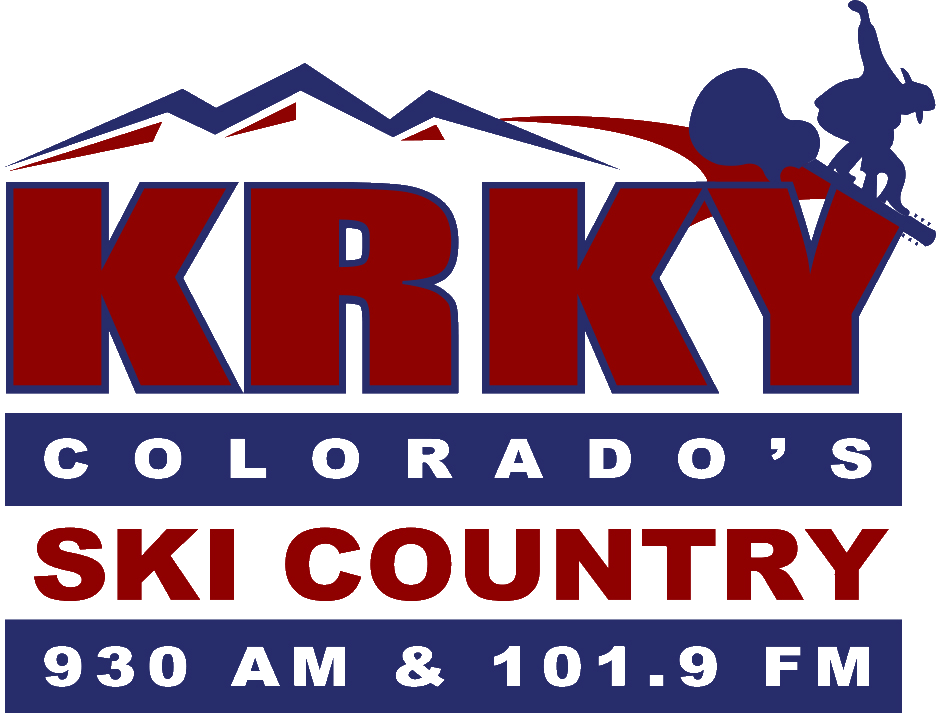
While we always include lateral motion training during our winter sports preparation programs, lateral motion training is an excellent training modality for just about every sport and activity. Lateral motion training, or LMT, takes place predominately with the frontal plane of the body moving side to side.
Due to the frontal plane demands of sports such as alpine and Nordic skiing, ice hockey, snowboarding, soccer, volleyball, baseball, basketball, football, golf, tennis, waterskiing, wakeboarding, paddle boarding and more, LMT provides the body with the movement pattern preparation and muscular strength and endurance training required to perform safely and effectively.
One of the fitness tools that we utilize is a slide board or LMT board which allows the client to slide from end to end, with slide booties over the shoes, training the body in the frontal plane.
Not only do you train the movement pattern, strengthen the lower body muscles and the entire nose to toes core, when performed continuously, this activity is an excellent form of cardiovascular endurance exercise and may also include HIIT.
We utilize LMT with the slide board, Gliding Discs, BOSU Balance Trainer, step platform and Bongo boards, to name a few of the LMT tools available. The beauty of LMT is that you are able to combine sagittal and transverse plane movement patterns with the frontal plane patterns to train all three planes of the body simultaneously simulating many sports performance patterns effectively.
This week, check out the LMT tips below and consider integrating LMT into your training program. As always, prior to beginning any exercise program, please consult your physician.
Tip No. 1 — Always wear the sliding booties over your shoes when performing on the LMT boards. These booties allow the body to smoothly slide from one end of the board to the other. You need to be able to push off with the hip/leg in contact with the bumper side with enough force production to propel your body to the opposite end bumper.
Tip No. 2 — On the LMT board, you must fully contact the end bumpers and close the legs together when contacting the bumper. Therefore, the trailing leg must come in contact with the opposite leg. There are many LMT drills/skills that do not require you to close the trailing leg, but you must be proficient on the board first.
Tip No. 3 — With Gliding Discs, visualize how a speed skater appears when in the midst of a race. They are low, hinged from the hips, torso long and arms and legs working in bilateral opposition to propel the body down the ice. With the balls of your feet on the discs, lift one heel so that you are able to glide, then as you move laterally, bring the trailing leg in to meet the opposite leg and drop the heel of the leading leg to serve as a “brake” or “bumper.”
Tip No. 4 — Bongo boards are great LMT tools. If you have never used one before, set it up next to a stable support and on a non-skid surface and take your time getting accustomed to the lateral action before attempting without support.
Tip No. 5 — Using the BOSU Balance Trainer or step platform, you may perform LMT across the top drills/skills on these tools.
Jackie Wright is the owner/manager of Mountain Life Fitness in Granby. She may be reached at her website at http://www.mtnlifefitness.com and her email at jackie@mtnlifefitness.com.
